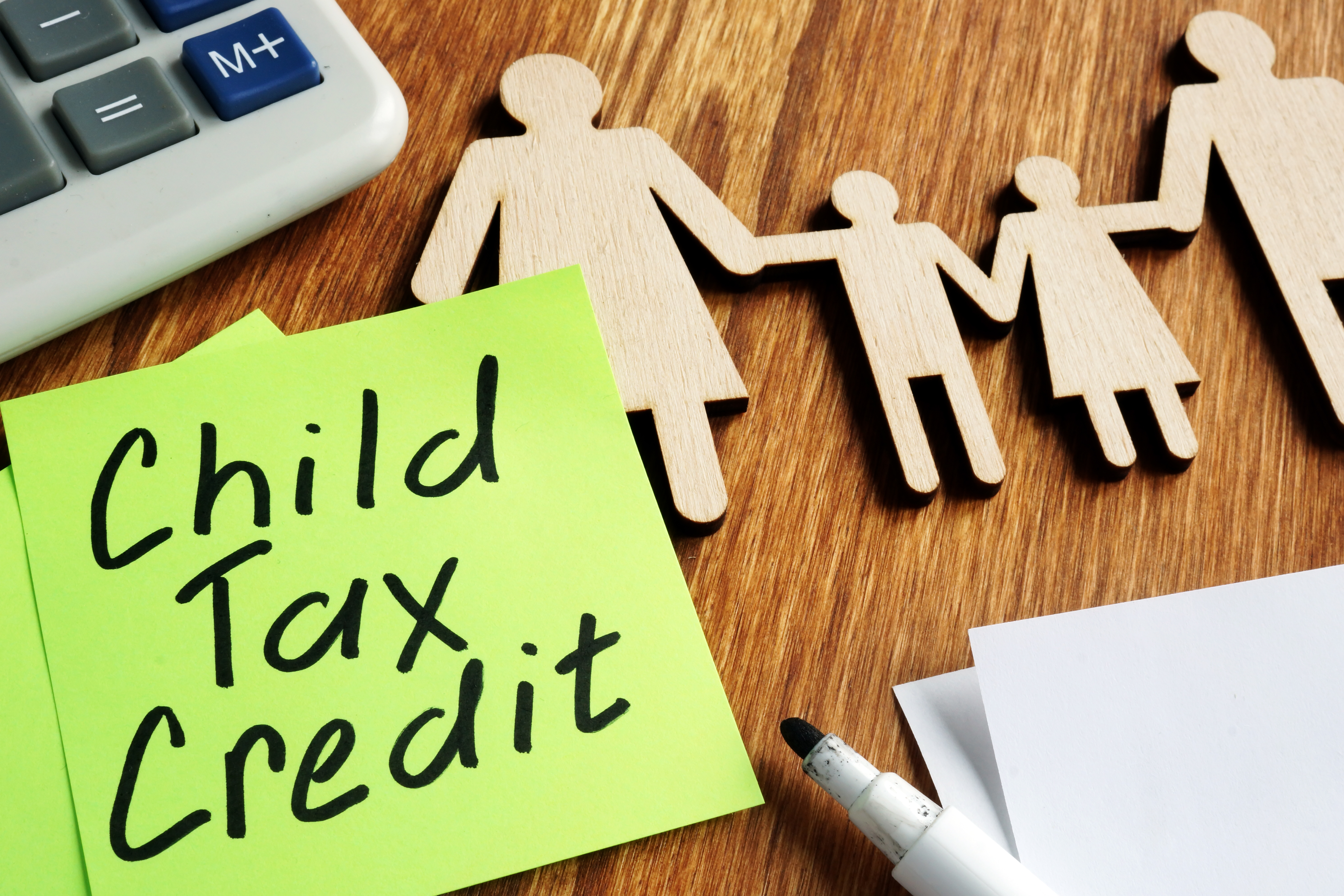 Taxpayers have the opportunity to claim two types of tax credits: the Energy Efficient Home Improvement Credit and the Residential Clean Energy Credit. These credits are available to individuals who make energy-efficient improvements to their homes. The Internal Revenue Service (IRS) recently announced that the Inflation Reduction Act has expanded the credit amounts and types of qualifying expenses for these credits.
Taxpayers have the opportunity to claim two types of tax credits: the Energy Efficient Home Improvement Credit and the Residential Clean Energy Credit. These credits are available to individuals who make energy-efficient improvements to their homes. The Internal Revenue Service (IRS) recently announced that the Inflation Reduction Act has expanded the credit amounts and types of qualifying expenses for these credits.
The Energy Efficient Home Improvement Credit allows taxpayers to claim 30 percent of qualified expenses. These expenses include the installation of exterior doors, windows, skylights, insulation, and air-sealing materials. Additionally, expenses related to residential energy property such as natural gas, propane or oil water heaters, furnaces, hot water boilers, heat pumps, water heaters, biomass stoves, boilers, and home energy audits also qualify for this credit.
Taxpayers can claim up to $1,200 per year for energy property costs and certain energy-efficient home improvements. However, there are limits on specific items such as doors, windows, and home energy audits. For example, taxpayers can claim up to $250 per door and $500 in total for doors, up to $600 for windows, and up to $150 for home energy audits. Furthermore, taxpayers can receive up to $2,000 per year for qualified heat pumps, biomass stoves, or biomass boilers.
It is important to note that the Energy Efficient Home Improvement Credit is nonrefundable, meaning taxpayers cannot receive more from the credit than what is owed in taxes. Any excess credit cannot be carried over to future tax years.
Another credit available to taxpayers is the Residential Clean Energy Credit. This credit is applicable to those who invest in energy updates for their primary homes, such as solar panels, wind turbines, geothermal heat pumps, fuel cells, or battery storage. The credit equals 30 percent of the costs of qualified clean energy property installed in a home in the United States from 2022 through 2032.
To qualify for this credit, the installed equipment must meet specific standards. For example, solar water heaters must be certified by the Solar Rating Certification Corporation or another approved certification body. Geothermal heat pumps must meet Energy Star standards, and battery storage technology must have a capacity of 3-kilowatt hours.
Unlike the Energy Efficient Home Improvement Credit, the Residential Clean Energy Credit does not have an annual or lifetime dollar limit, except for fuel cell property. Taxpayers have until Jan. 1, 2033, to claim this credit. It is also important to note that this credit is nonrefundable, meaning the credit amount received cannot exceed the amount owed in tax. However, taxpayers can carry forward any excess unused credit and apply it to future tax years.
In conclusion, taxpayers have the opportunity to claim tax credits for making energy-efficient improvements to their homes. The Energy Efficient Home Improvement Credit and the Residential Clean Energy Credit provide incentives for individuals to invest in energy-efficient measures. By taking advantage of these credits, taxpayers can not only reduce their tax liability but also contribute to a more sustainable future.
